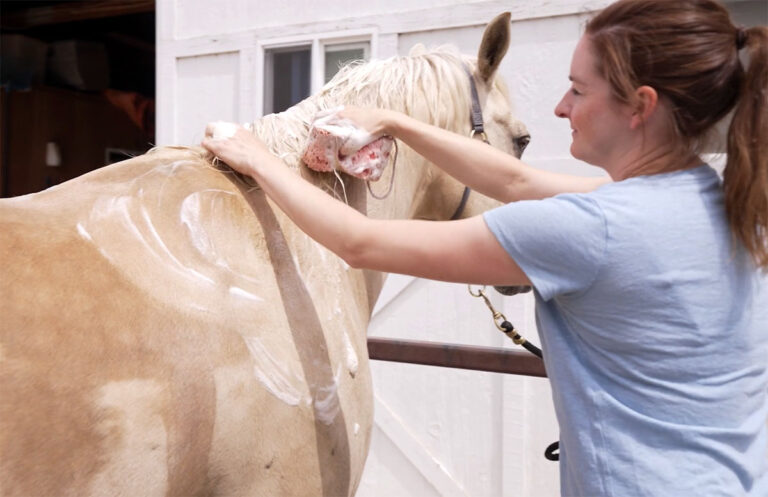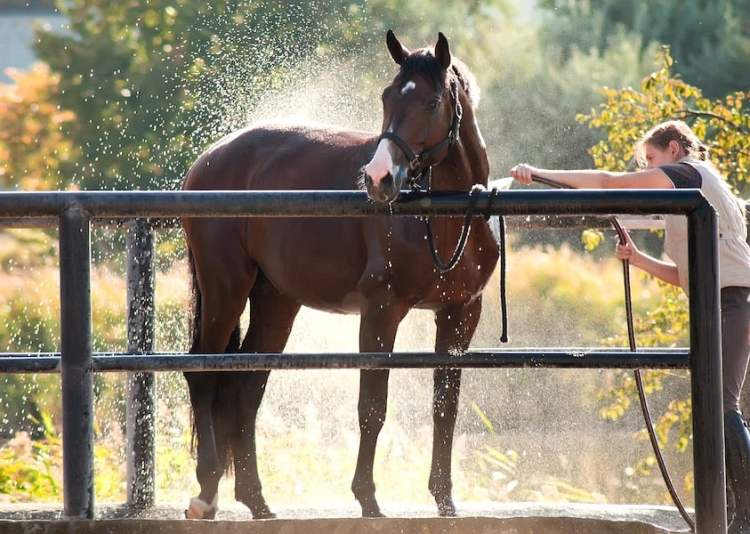Choosing the correct saddle size is a critical aspect of horseback riding. It impacts both the rider’s comfort and the horse’s well-being. Understanding how to measure a saddle accurately ensures a seamless bond between horse and rider. Let’s explore the essentials of saddle fitting to prevent discomfort and improve riding performance.

Why Saddle Measurement is Crucial
Incorrect saddle sizing can lead to severe discomfort and potential injuries for both the rider and horse. A well-fitted saddle allows freedom of movement, prevents back pain, and enhances riding efficiency. A proper fit ensures the longevity of your riding gear as well. For insights on essential riding gear, check out this guide.
Tools Required for Saddle Measurement
To measure a saddle, gather tools like a flexible tape measure, a saddle stand, and a straight edge. These tools help ensure accurate measurements and a safer riding experience. For tips on preventing injuries, visit our safety tips.
1. Measuring the Seat Size
Begin with the seat size, which is determined by measuring from the cantle to the pommel. This measurement should allow about two to four fingers space behind your seat when sitting.
2. Width of the Gullet
The gullet width is vital to avoid pinching your horses withers. Measure the space between the panels to ensure it matches your horses back.
3. Flap Length Measurement
Consider your leg length when determining flap size. Measure from your knee to your mid-calf to get the correct flap length.
Understanding Saddle Materials
The material of a saddle can influence its fit and durability. Common materials include leather, synthetic leather, and suede. Each has its benefits, influencing both performance and care needs. For advice on maintaining different materials, refer to our guide on riding gear maintenance.
Testing the Saddle Fit
Once measurements are taken, test the saddle’s fit on the horse. Ensure the saddle remains stable, doesnt move during motion, and that the horse shows no signs of distress. Exploring groundwork exercises can help you assess comfort more accurately.
Signs of Poor Saddle Fit
Look for signs of poor fit, such as pressure sores, uneven sweat patterns, or behavioral changes in your horse. Addressing these issues promptly with the right fit can prevent significant health problems. For immediate solutions, consult our horse first aid guide.

Frequently Asked Questions
How often should I check the fit of my saddle?
It’s advisable to check your saddle fit regularly, at least every six months. Changes in your horse’s shape from age or weight variations necessitate adjustments.
What do I do if my saddle doesnt fit?
Seek professional advice from a saddle fitter. They can customize adjustments or recommend sizes suitable for your horse’s current condition.
Can the wrong saddle cause injury?
Yes, an ill-fitting saddle can indeed cause injuries, including sore backs or more severe musculoskeletal problems for your horse.
Accurate saddle measurement enhances the equestrian experience by ensuring both horse and rider are safe and comfortable. Regular checks aligned with proper measurement practices will foster a harmonious riding partnership.








